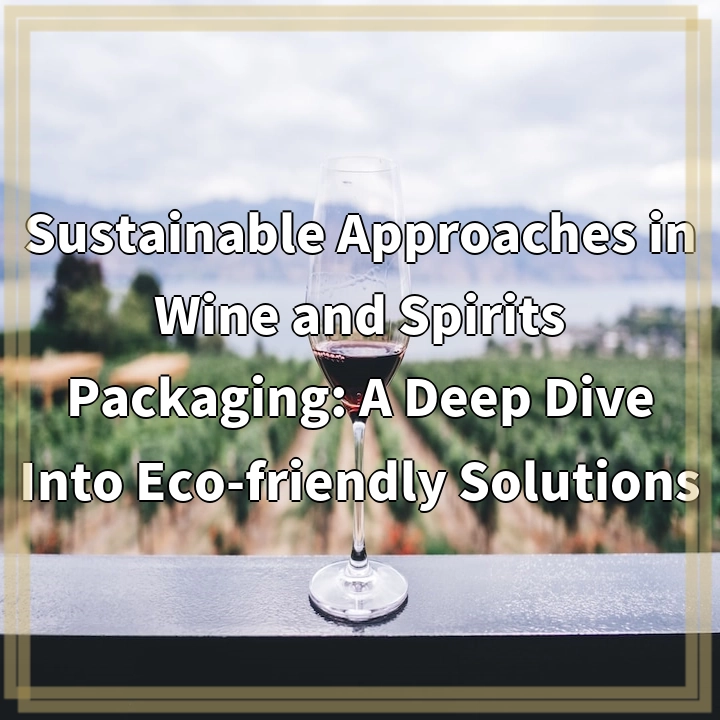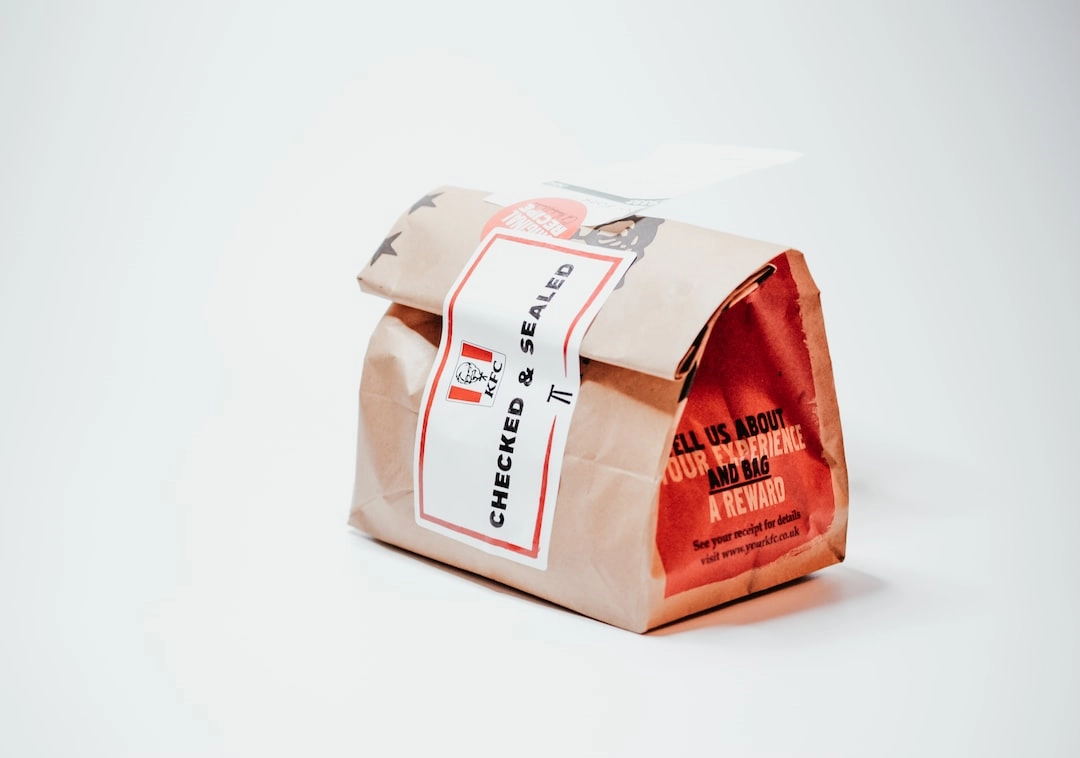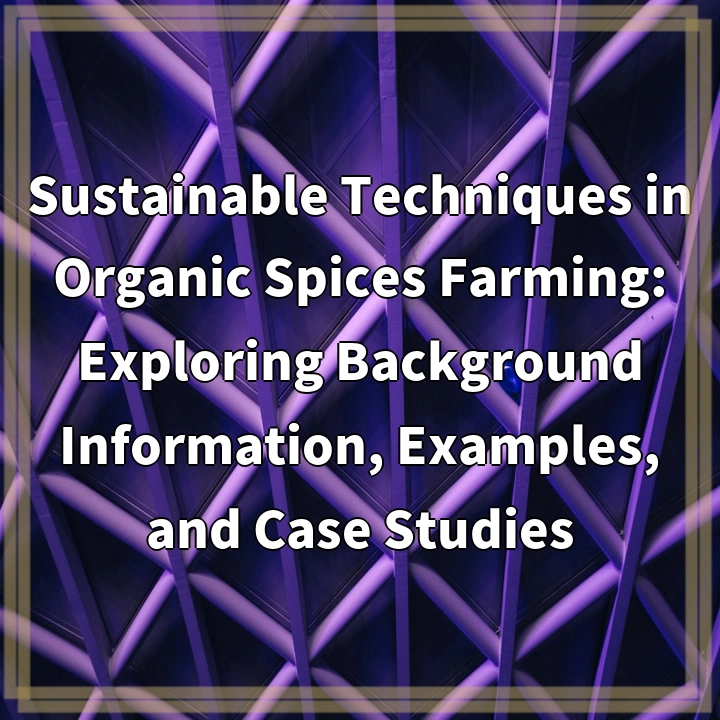
What are Sustainable Approaches in Wine and Spirits Packaging?
In recent years, there has been a growing focus on adopting sustainable practices in various industries, including the wine and spirits sector. Sustainable approaches in packaging aim to reduce the environmental impact associated with production, transportation, and disposal of wine and spirits packaging materials. This involves adopting eco-friendly solutions that promote resource conservation, reduced waste, and lower carbon emissions.
The Real-World Problems Associated with Conventional Packaging
Traditional packaging materials used in the wine and spirits industry, such as glass bottles and aluminum cans, come with significant environmental challenges. These include:
1. Heavy Carbon Footprint:
Production of glass and aluminum requires substantial amounts of energy, contributing to greenhouse gas emissions. Additionally, the transportation of these materials over long distances further increases carbon emissions.
2. Limited Recycling Rates:
Glass bottles have relatively high recycling rates, but not all regions have efficient recycling systems in place. This leads to a considerable amount of glass ending up in landfills or being downcycled, perpetuating the use of virgin materials. The recycling rates for other packaging materials, such as aluminum cans, can vary significantly across different locations.
3. Packaging Waste:
Wine and spirits packaging generate significant amounts of waste, including glass bottles, plastic caps, labels, and cardboard packaging. Improper disposal of these materials can harm the environment and contribute to pollution, especially in areas where waste management infrastructure is inadequate.
4. Heavy Transportation Impact:
The weight and fragility of glass bottles contribute to higher transportation costs, as more fuel is required to transport the products. This not only increases costs for producers but also adds to the overall carbon footprint of the supply chain.
The Shift Towards Eco-friendly Solutions
The wine and spirits industry is responding to these challenges by exploring and adopting more sustainable approaches in packaging. Here are some of the eco-friendly solutions gaining traction:
1. Lightweight Packaging:
One approach to reducing the carbon footprint is to lighten the weight of packaging materials. This includes using thinner glass bottles or alternative materials, such as recycled PET, for wine and spirits containers. Lighter packaging reduces transportation costs and energy consumption throughout the supply chain.
2. Biodegradable and Compostable Materials:
Using bioplastics, such as compostable or biodegradable materials derived from renewable sources, can help reduce the environmental impact of wine and spirits packaging. These materials can break down naturally, minimizing waste and avoiding long-lasting pollution.
3. Innovative Recycling Initiatives:
The industry is exploring innovative recycling initiatives to improve packaging waste management. This includes developing closed-loop systems where packaging materials can be easily collected, recycled, and reused. Additionally, some companies are embracing refillable packaging options to reduce waste generation.
4. Sustainable Design and Labeling:
Adopting sustainable design principles and using eco-friendly labeling techniques, such as water-based inks and recycled paper, can contribute to reducing the environmental impact of wine and spirits packaging. These practices promote visual appeal while minimizing ecological harm.
Conclusion
Sustainable approaches in wine and spirits packaging are essential for minimizing the environmental impact of the industry. By shifting towards eco-friendly solutions and addressing real-world problems associated with conventional packaging, the sector can contribute to a more sustainable future. Consumers, producers, and policymakers must continue to prioritize and support such initiatives to ensure a greener and more responsible wine and spirits industry.

Solutions for Sustainable Wine and Spirits Packaging
In order to address the environmental challenges associated with conventional packaging in the wine and spirits industry, several sustainable solutions have emerged:
1. Lightweight Packaging:
By using lighter materials such as thinner glass bottles or recycled PET, the overall weight of packaging can be reduced. This helps minimize transportation costs and energy consumption throughout the supply chain.
2. Biodegradable and Compostable Materials:
Using bioplastics derived from renewable sources can help reduce the environmental impact of packaging. Biodegradable and compostable materials break down naturally, minimizing waste and avoiding long-lasting pollution.
3. Innovative Recycling Initiatives:
Closed-loop recycling systems enable the collection, recycling, and reuse of packaging materials. Refillable packaging options are also being explored to reduce waste generation.
4. Sustainable Design and Labeling:
Adopting sustainable design principles and using eco-friendly labeling techniques, such as water-based inks and recycled paper, contribute to minimizing the environmental impact of packaging.
Implementing these solutions is crucial for achieving a more sustainable wine and spirits industry. By reducing carbon emissions, promoting resource conservation, and minimizing waste, these approaches contribute to a greener future for the sector.















